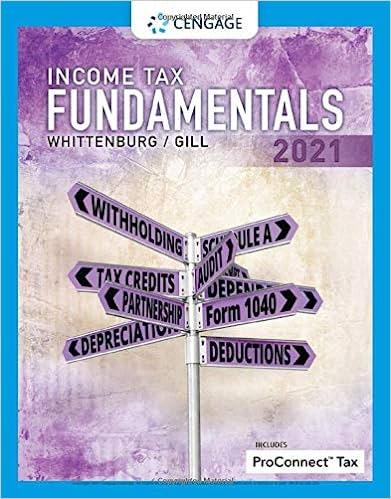Question
INSTRUCTIONAL STRATEGIES FOR ONLINE STUDENT POPULATIONS Instructional analysis, technology, and learning objectives should inform the selection of online strategies to meet objectives and engage students
INSTRUCTIONAL STRATEGIES FOR ONLINE STUDENT POPULATIONS
Instructional analysis, technology, and learning objectives should inform the selection of online strategies to meet objectives and engage students based on instructional design principles.
As you consider instructional strategies for online learning environments, remember that online students possess diverse characteristics, backgrounds, experiences, abilities, and interests that may influence their learning. In addition, the type of online learning environment may influence learning and the design and delivery of online instruction. You are also encouraged to consider how online instructional strategies align with the assessment of student learning.
Reflect on the characteristics of online student populations listed below that might inform the selection of online instructional strategies: Adult learners enrolled in a doctoral psychology program and International undergraduate or graduate psychology students.
- Briefly describe the defining characteristics of the two online student populations, including a doctoral psychology program and International undergraduate or graduate psychology students.
- Describe an online instructional strategy that you could use to deliver instruction to each student population.
- Explain why you selected the online instructional strategies you identified for each student population.
Be sure to cite specific references to the Learning Resources.
References
Chen, S. -J. (2007). Instructional design strategies for intensive online courses: An objectivist-constructivist blended approach.Links to an external site. Journal of Interactive Online Learning, 6(1), 72-86. Retrieved fromhttp://www.ncolr.org/issues/jiol/v6/n1/index.html
Hannafin, M. J., & Land, S. (1997). The foundations and assumptions of technology-enhanced, student-centered learning environments.Links to an external site.Instructional Science, 25(3), 167-202.
Mayes, R. (2011). Themes and strategies for transformative online instruction: A review of literature and practice.Links to an external site.Quarterly Review of Distance Education,12(3), 151-167.
Palsol, S., & Awalt, C. (2008).Team-based learning in asynchronous online settings.Links to an external site.New Directions for Teaching & Learning, 2008(116), 87-95.
Ruey, S. (2010). A case study of constructivist instructional strategies for adult online learning.Links to an external site.British Journal of Educational Technology, 41(5), 706-720.
Step by Step Solution
There are 3 Steps involved in it
Step: 1

Get Instant Access with AI-Powered Solutions
See step-by-step solutions with expert insights and AI powered tools for academic success
Step: 2

Step: 3

Ace Your Homework with AI
Get the answers you need in no time with our AI-driven, step-by-step assistance
Get Started


